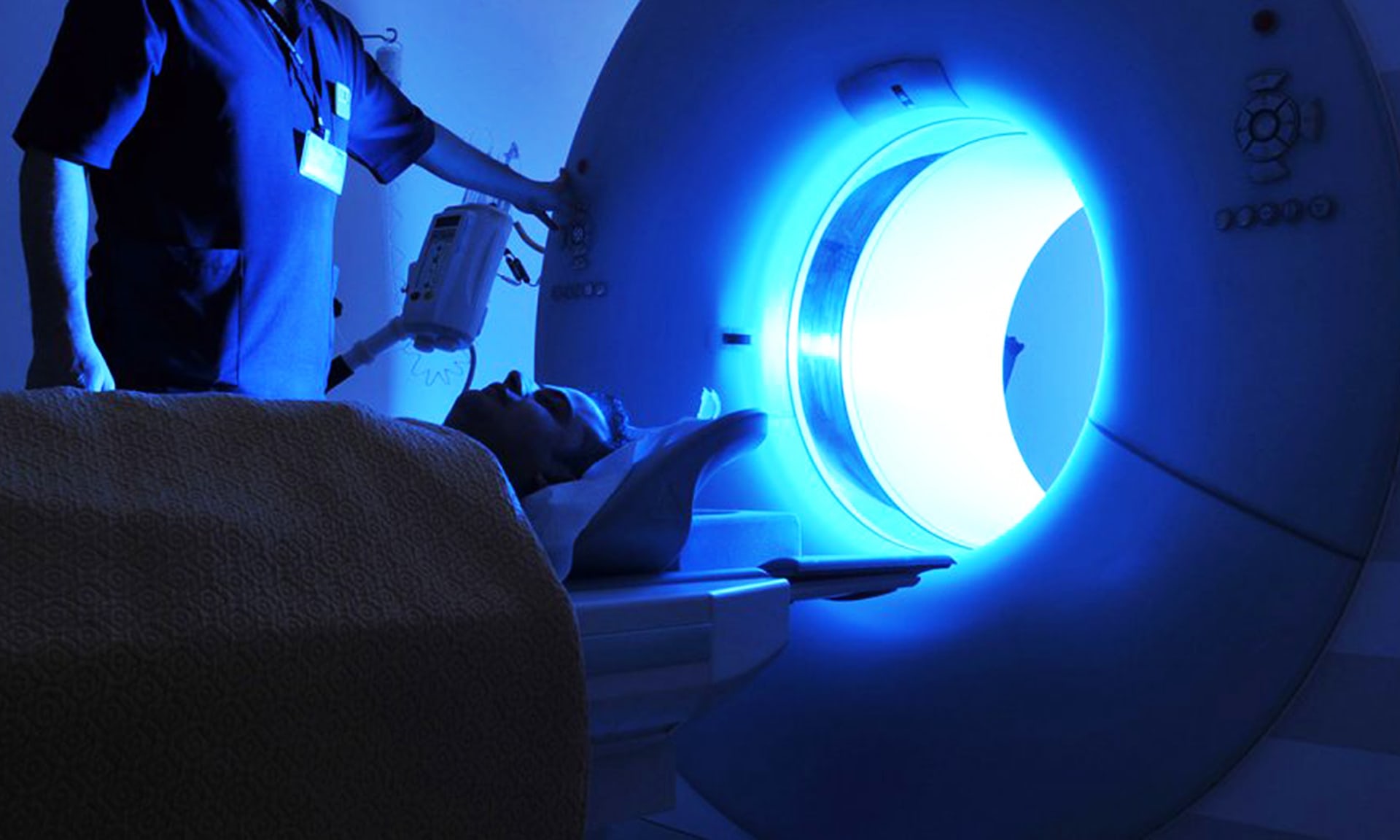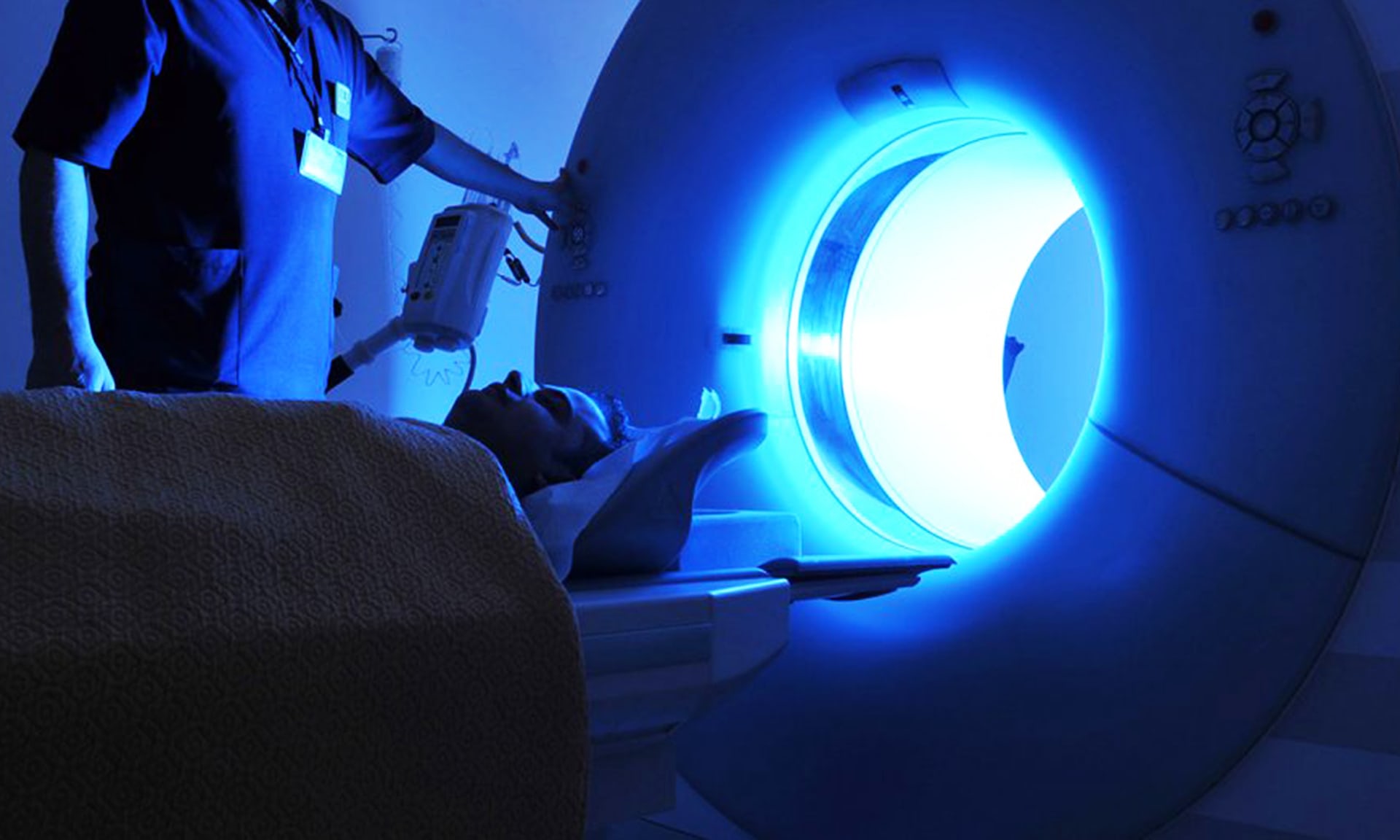
The Bleeding Edge. Netflix. The Guardian. https://www.theguardian.com/film/2018/jul/25/the-bleeding-edge-netflix-documentary-medical-devices
Have you seen the documentary The Bleeding Edge? It’s a wonderful film about the hazards of medical devices that I highly recommend. It’s currently (August 2018) available on Netflix. If you haven’t seen it, please do. It is an eye-opening, thought-provoking, insightful, frightening film.
The Bleeding Edge features stories from people who have suffered adverse reactions to various medical devises and procedures. Victims of Essure, mesh implants, metal hip replacements, and robotic surgical procedures report the harm done to them by these devices and procedures in the film.
The Bleeding Edge is a stark and scary reminder that, unfortunately, too often doctors are not abiding by the Hippocratic Oath. “First, do no harm” has gone by the wayside as these products and procedures maim their victims. Compounding the tragedy of the harm caused by these devices or procedures is the fact that, in many cases, there are safer devices or procedures available that would have had the intended results that the patients (and presumably their physicians) sought. Tying a woman’s tubes is a safer method of permanent sterilization than Essure; ceramic hip replacements are safer than metal ones; physical therapy can strengthen the pelvic floor and relieve symptoms of incontinence as well as mesh can; and, a surgeon’s hand may be a safer tool than a robotic arm. However, these safer procedures were not performed on the victims featured, or on thousands of other people, because the entire medical system ignored their Hippocratic Oath. Doctors (or administrators or insurance companies) were swayed to use these newer less-safe methods by marketing, efficiency, money, or ignorance–and patients were hurt in the process. It’s not okay, and steps back toward the basis of medicine in the Hippocratic Oath are, sadly, necessary.
There are several parallels between the experiences of people hurt by fluoroquinolone antibiotics (i.e. “floxies”) and the people featured in The Bleeding Edge. The adverse reactions to Essure are particularly similar to adverse reactions to fluoroquinolones. Adverse reactions to Essure look, and seem to feel, an awful lot like autoimmune diseases. Likewise, fluoroquinolone toxicity looks and feels a lot like an autoimmune disease. Essure adverse reactions are often severe and they affect multiple bodily functions. The women who had adverse reactions to Essure often suffered from permanent disability, even after the metal springs were removed from their body. Likewise, even long after fluoroquinolones “should” be out of a person’s body, the effects remain. Unfortunately, both Essure and fluoroquinolone adverse reactions can be permanent.
Like those featured in The Bleeding Edge who suffered from the toxic effects of metal-on-metal hip implants, fluoroquinolone victims often experience psychiatric adverse reactions. Fluoroquinolones can induce many serious mental health symptoms, and the FDA recently added “disturbances in attention, disorientation, agitation, nervousness, memory impairment, and serious disturbances in mental abilities called delirium” as highlighted adverse reactions to fluoroquinolones. Fluoroquinolones can also induce psychosis. The patient featured in The Bleeding Edge that suffered from psychosis, tremors, and other serious mental adverse effects from a metal hip replacement, is an Orthopedic Surgeon himself, and he “said he would never have believed neurological problems could come from orthopedic devices, if it wasn’t for that experience, and now tests the cobalt levels of his patients if they complain of having Parkinson’s or dementia-like symptoms.” (source). The victims of metal hip replacements are often told that their symptoms are simply a result of getting older. Fluoroquinolones are given to people of all ages, but those who are over 30 are often told that their symptoms are from “getting old” not from the drugs.
None of the adverse reactions featured in The Bleeding Edge are what one would intuitively expect an adverse reaction to look like. Who would think that a type of hip replacement could lead to psychosis? Who would think that a sterilization procedure could lead to a permanent autoimmune/neuroimmune disease? Similarly, who would think that a commonly prescribed class of antibiotics could cause multi-symptom, chronic, illness that has a lot in-common with these illnesses brought on by medical device adverse reactions? It’s absurd and unbelievable. It’s true though. Adverse reactions don’t look like they are “supposed” to look. They aren’t intuitive and they aren’t easy to identify.
Hopefully The Bleeding Edge will reform how patients and doctors alike view medical device safety. I hope that it also reforms how people think about adverse reactions generally, and that recognition of the connections between adverse drug and device reactions and multi-symptom, chronic, “mysterious” diseases starts to enter mainstream consciousness.
Watch The Bleeding Edge. It is a great film that has a message that needs to be heard.
Sorry, I don’t know how to squeeze this in gracefully, but several of the victims featured in the film had their intestines fall out of their bodies post-hysterectomy via robotic surgery. Is that not one of the most horrifying things imaginable–to have your intestines fall out of your body? Aaaaaaagh!!! Floxies can at least be thankful that our organs generally stay inside our bodies.











… [Trackback]
[…] Find More on that Topic: floxiehope.com/the-bleeding-edge-and-parallels-with-fluoroquinolone-toxicity/ […]
… [Trackback]
[…] Information to that Topic: floxiehope.com/the-bleeding-edge-and-parallels-with-fluoroquinolone-toxicity/ […]
… [Trackback]
[…] Information on that Topic: floxiehope.com/the-bleeding-edge-and-parallels-with-fluoroquinolone-toxicity/ […]
… [Trackback]
[…] Information on that Topic: floxiehope.com/the-bleeding-edge-and-parallels-with-fluoroquinolone-toxicity/ […]
… [Trackback]
[…] Find More on that Topic: floxiehope.com/the-bleeding-edge-and-parallels-with-fluoroquinolone-toxicity/ […]
… [Trackback]
[…] Here you will find 78748 more Information to that Topic: floxiehope.com/the-bleeding-edge-and-parallels-with-fluoroquinolone-toxicity/ […]
… [Trackback]
[…] Find More on to that Topic: floxiehope.com/the-bleeding-edge-and-parallels-with-fluoroquinolone-toxicity/ […]
… [Trackback]
[…] Find More here to that Topic: floxiehope.com/the-bleeding-edge-and-parallels-with-fluoroquinolone-toxicity/ […]
… [Trackback]
[…] Read More Info here to that Topic: floxiehope.com/the-bleeding-edge-and-parallels-with-fluoroquinolone-toxicity/ […]
… [Trackback]
[…] Info on that Topic: floxiehope.com/the-bleeding-edge-and-parallels-with-fluoroquinolone-toxicity/ […]
… [Trackback]
[…] Find More Info here on that Topic: floxiehope.com/the-bleeding-edge-and-parallels-with-fluoroquinolone-toxicity/ […]
… [Trackback]
[…] Info to that Topic: floxiehope.com/the-bleeding-edge-and-parallels-with-fluoroquinolone-toxicity/ […]
… [Trackback]
[…] Information on that Topic: floxiehope.com/the-bleeding-edge-and-parallels-with-fluoroquinolone-toxicity/ […]
… [Trackback]
[…] Information to that Topic: floxiehope.com/the-bleeding-edge-and-parallels-with-fluoroquinolone-toxicity/ […]
… [Trackback]
[…] Find More Information here to that Topic: floxiehope.com/the-bleeding-edge-and-parallels-with-fluoroquinolone-toxicity/ […]